Yamaha DM3 digital mixer – The Dante equipped X32 killer?
The new Yamaha DM3 digital mixer range could shake things up in the small format, mid-priced mixer market. With its super compact dimensions, 22 channels, Dante connectivity and affordable price tag, this desk deserves a close look…
Yamaha DM3
So what do we have here then? The new Yamaha DM3 mixer family is the latest in a long, long line of digital mixers from Yamaha. At the time of launch, we appear to have two mixers: the ultra-compact DM3S and the Dante Equipped DM3-D. If you’re in the marketplace for a sub $2k digital mixing desk, then there’s lots of competition. Desks such as the Behringer X32 and Allen & Heath SQ Series are big players, so why should you consider the DM3?
Small Footprint – Big Features
The obvious standout design feature is the small footprint and “8 plus 1” fader configuration; coupled with a touch screen this should give plenty of real-time control over the 22 channels. Both the DM3S and DM3-D offer you:
- 16 Mic/Line (12 XLR + 4 XLR/TRS Phones Combo) inputs, and 8 (XLR) outputs
- USB: 18 inputs, and 18 outputs
- 8 DCA groups with Roll-out
- 18 Effects, and GEQ on Mix 1-6 and Stereo channels
Additionally, both desks support sample rates up to 96kHz
Dante Equipped
The DM3-D offers a serious trump card over other mixers in this price bracket, integrated Dante support for 16 channels of I/O. Most desks in this price range require the purchase of an expensive, additional Dante card while others simply don’t support Dante at all. Coupled with the integrated 18-channel I/O over USB this is a seriously versatile desk; I can see this being attractive to home and project studio owners as well as live sound engineers.
What’s the Catch?
Depending on your viewpoint, only having 8 faders is either a workflow restriction or a portability bonus. In real-world use, I’ve never found myself mixing with more than 8 faders simultaneously. I don’t see it as a significant trade-off, in fact, the ability to take your own FOH console on a plane as hand luggage, for example, is very appealing!
Availability and Prices
The Yamaha DM3S is currently available for order.

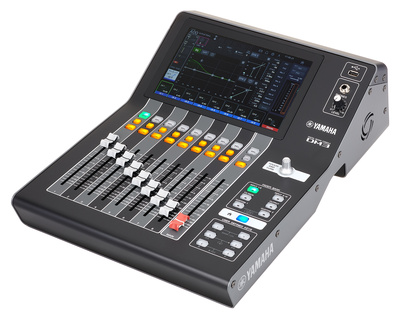
You can also order the DM3-D from Thomann now.

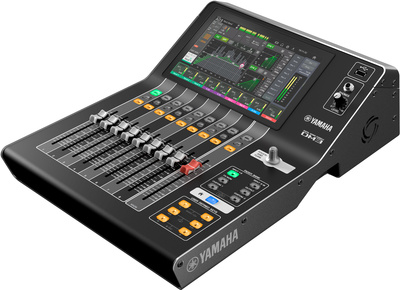
More Information
- Manufacturer Webpage
- More about digital mixers
Videos:
You are currently viewing a placeholder content from YouTube. To access the actual content, click the button below. Please note that doing so will share data with third-party providers.
You are currently viewing a placeholder content from YouTube. To access the actual content, click the button below. Please note that doing so will share data with third-party providers.
You are currently viewing a placeholder content from YouTube. To access the actual content, click the button below. Please note that doing so will share data with third-party providers.
You are currently viewing a placeholder content from YouTube. To access the actual content, click the button below. Please note that doing so will share data with third-party providers.
You are currently viewing a placeholder content from YouTube. To access the actual content, click the button below. Please note that doing so will share data with third-party providers.
Note: This article contains affiliate links that help us fund our site. Don’t worry: the price for you always stays the same! If you buy something through these links, we will receive a small commission. Thank you for your support!
11 responses to “Yamaha DM3 digital mixer – The Dante equipped X32 killer?”

 4,4 / 5,0 |
4,4 / 5,0 | 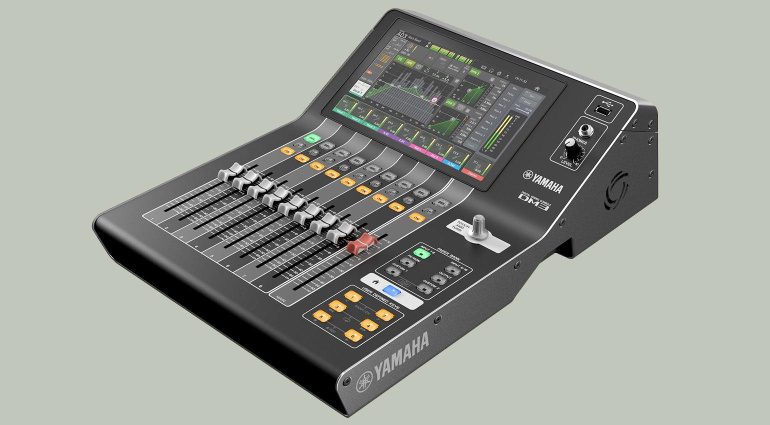

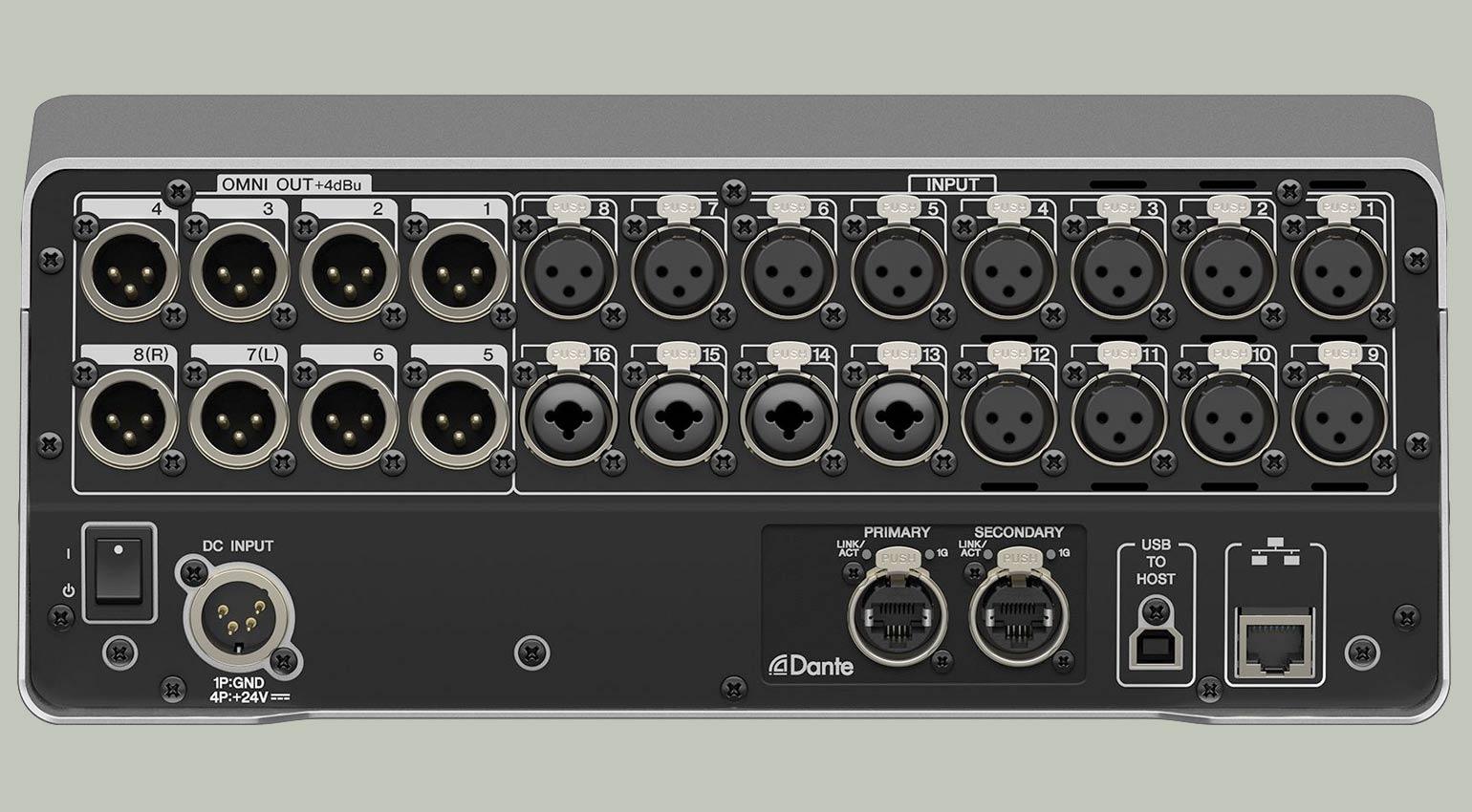

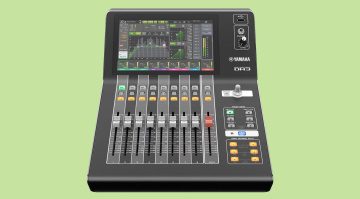

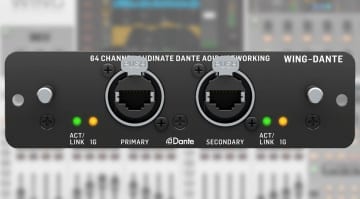
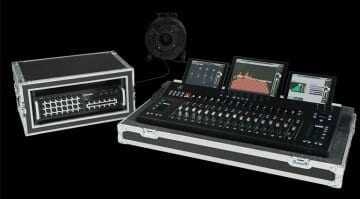
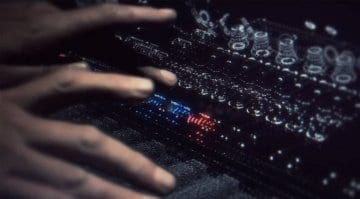
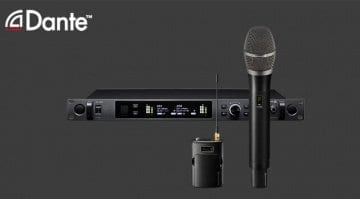
With a price of $2000 it’s too high to be a killer of anything with this feature set. Even Yamaha TF1 is only a few houndred $ more…….
Seriously. Never mixing more than 8 faders?
It’s a really big restriction for 2k$. OK for the Dante connection but nothing to compare with a X32
The X32 internal processing is still only 16bit, 48KHz! There is world of clarity, fidelity, and sound resolution missing on the X32. This is capable of 96KHz. I would still choose the Allen & Heath SQ-5 however.
totally agree, I find that I typically need 16 channels from head gear to wired mics and handheld. Musicals require even more. I get by with 24 channels but looking to upgrade to 32.
I am comparing this to my current portable solution, the Ui24r. but, I feel like the UI still has a larger feature set, despite the lack of faders. this is tempting as a replacement for the type of work the UI does for me. being able to mix on any device, though, like the Surface Pro, is still a challenge. if they bring their mix app to the desktop, the portable Dante enabled mixer is quite tempting.
I like
Probably is killing the XR18, not the X32. Not so many features for his price range. But hey, it’s the professional Yamaha, not the “entry-level” Behringer. 👎
but it’s not really a “22” channel mixer – it’s 16 channels. And that definitely doesn’t make it an x32 killer in any sense of the term.
It’s basically a high end XR18 with a control surface.
How do you recon? Most mixers have far more input channels (DSP) than they have faders. The X32 may have more physical realestate and analog inputs, This mixer outshines the Behringer/Midas if you are using a computer (for playout or recording, or both! or a dante network for any i/o. I noticed that nobody has mensioned what I believe to be the killer app on this mixer – the ability to run in a ‘DAW’ mode – as a flying fader control surface for your daw, a feature missing from the others mentioned, and, pretty damn useful – record session into daw, finish up mix and automation on the same device.. good stuff
Anyone happen to know if the DM3 includes Danse? Yamaha’s noise supppression plugin (or any of their ‘premium” plugins that are available on consoles like the PM , QL, CL series? How about offline editing? iOS app for monitors? I have a TF5 Id consider cross-grading for one of these.. Its really quite good – significantly better than say the outboard Cedars, which are something like 8 grand at the lowest price point) Did a show on a PM5D and was really impressed what it did on a studio show where I need to at times have 10+ mics open a once. Sadly TF does not have
NOT for corporate use!!!!
NO DUGAN!!
X32 has Automixer
You are currently viewing a placeholder content from Facebook. To access the actual content, click the button below. Please note that doing so will share data with third-party providers.
More InformationYou are currently viewing a placeholder content from Instagram. To access the actual content, click the button below. Please note that doing so will share data with third-party providers.
More InformationYou are currently viewing a placeholder content from X. To access the actual content, click the button below. Please note that doing so will share data with third-party providers.
More Information